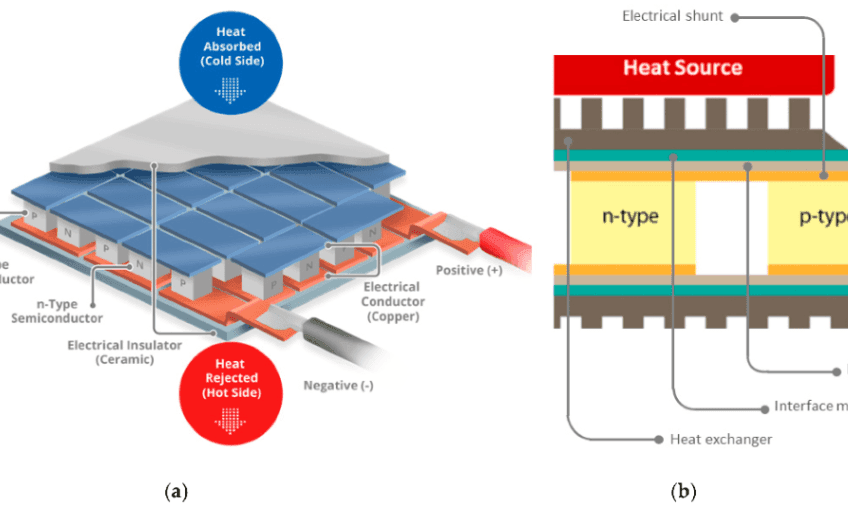
RESOURCE · 10/7/2024
Heat Energy From Railway Tracks To Electricity
This technical article is with reference to the MARVEL Level 1, Task 8 of EV-RE Domain

TASK 8: Asshray's Technical Article Using Markdown
HEAT ENERGY FROM RAILWAY TRACKS TO ELECTRICITY
INTRODUCTION
In many locations and areas of India, people are still living without electricity. It is required to go with renewable energy or converting heat into electrical energy for a sustainable energy source.
The steel tracks leave a huge amount of heat especially when trains run on them i.e., about 40-76⁰C. The concept of chosen project is the conversion of this waste heat into electrical energy by using See-beck modules called TEG (Thermo-Electric Generators).
ADVANTAGES OF INSTALLING TEG’S ON THE TRACKS
- Completely sustainable and alternative source of energy produced.
- Recycles waste heat from tracks and therefore, is an environment friendly idea.
- TEGs (Thermo-Electric Generators) are not much expensive and easily available in the online stores.
- As there are no wearable and movable parts inside TEG / see-beck modules it lasts long.
- Easy to install the see-beck modules and is also very much portable.
- Much efficient in see beck effect compared to TEC.
EXPERIMENTAL STUDY
- Experiment 1:
Idea of utilizing the waste heat from railway tracks while passing the train over it came into the mind by doing an experiment of charging the mobile phone from the human body heat by using a device TEC (Thermo-Electric Cooler).
It was thought that by using a TEC as a medium, a considerable voltage can be generated with temperature difference between human body and atmosphere through which a normal mobile phone device can be charged.
The experiment was not a success due to variation in human body’s temperature and also very less voltage generation by TEC due to less temperature difference as compared to the required difference to charge a mobile phone.
Learning:
- A mobile device requires minimum 5 Volt for charging and a TEC is unable to produce the same with temperature difference between human body and atmosphere.
- A proper study should be done about the device prior to the experiment.
- Experiment 2:
Based on the above experiment and after discussing with our teachers, it is decided to repeat the same experiment by using a TEG in place of TEC as TEG efficiency of generating voltage is better at a temperature difference of more than 15oC.
Some encouraging results were observed but still it was not workable with one TEG device.
- Experiment 3:
As advised by our teachers, the same experiment was carried out by fixing 1-2 TEGs on an iron plate (considering it as a rail). A temperature around 150oC was developed at one side of the plate and TEGs are fixed in in-series on the other side of the same iron plate.


Some photos of internals of TEG:

The block like structures seen in the above diagrams are P-type & N-type semiconductors and they are made up of bismuth telluride.